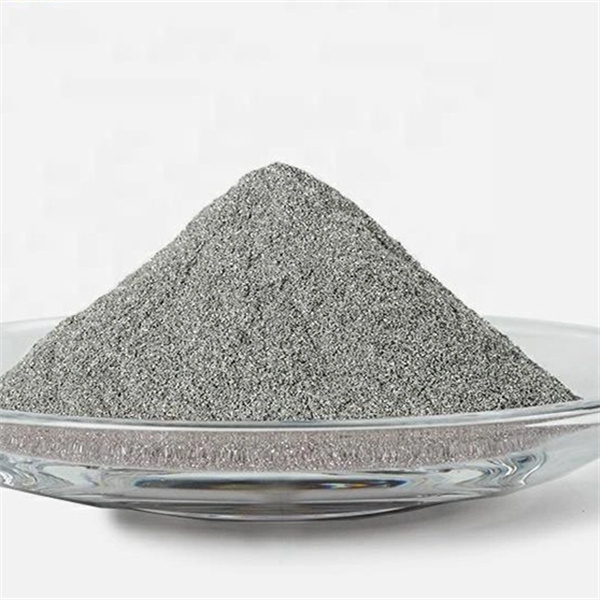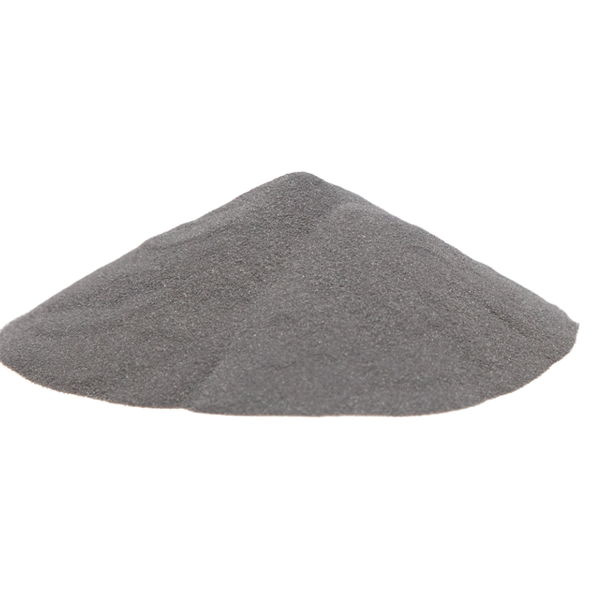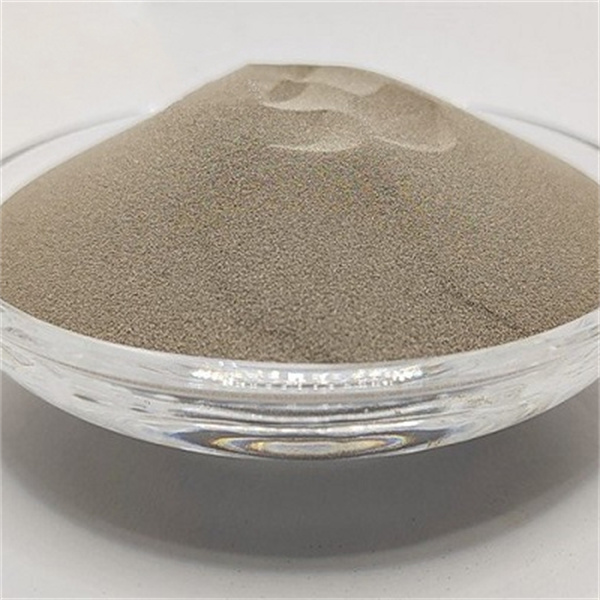概述 电子束熔化
电子束熔化(EBM)是一种快速成型制造工艺,它使用电子束电源有选择性地逐层熔化和融合金属粉末材料,从而制造出组件。
电子束熔化的一些关键细节包括
- 使用真空下的电子束枪熔化粉末。
- 在高温条件下,可实现良好的层间粘结。
- 主要用于钛、镍、钴合金和其他高性能材料。
- 提供近乎全密度的零件,其性能等于或超过传统方法。
- 支持传统制造工艺无法实现的复杂几何形状。
- 常用于航空航天、医疗和汽车行业。
- 也称为电子束快速成型制造(EBAM)或电子束自由成型制造(EBF3)。
电子束熔化设备
| 类型 | 说明 |
|---|---|
| 电子束枪 | 产生并聚焦高能光束,熔化材料。关键部件 |
| 粉床 | 包含由刀片或辊子耙过的粉末层。建在一个可移动的平台上。 |
| 真空室 | 整个系统在构建过程中处于真空状态。这对光束聚焦至关重要。 |
| 控制系统 | 软件对构建参数进行切片和控制。提供过程监控。 |
| 处理系统 | 用于装载/卸载部件和回收未使用的粉末。 |
| 屏蔽 | 由于会产生 X 射线,腔室周围需要铅屏蔽。 |
使用的材料 电子束熔化
| 材料 | 主要特性 | 典型应用 |
|---|---|---|
| 钛合金 | 高强度重量比、生物相容性 | 航空航天、医疗植入物 |
| 镍合金 | 耐腐蚀、高强度 | 涡轮机、火箭部件 |
| 钴铬合金 | 硬度、耐磨性/耐腐蚀性 | 医疗植入物、工具 |
| 不锈钢 | 耐用性好,更易于加工 | 工业工具、模具 |
| 铝合金 | 重量轻 | 航空航天、汽车 |
| 贵金属 | 高度化学惰性 | 珠宝、医疗 |
由于功率强度的原因,EBM 可以加工激光工艺难以加工的高性能合金。
EBM 工艺规格
| 参数 | 典型范围 |
|---|---|
| 光束功率 | 1-3 千瓦 |
| 光束电压 | 30-150 千伏 |
| 建筑尺寸 | 最大 200 x 200 x 350 毫米 |
| 层高 | 50-200 μm |
| 建造速度 | 5-100 立方厘米/小时 |
| 光束尺寸 | 直径 0.1-1 毫米 |
| 真空度 | 5 x 10-4 毫巴 |
| 光束聚焦 | 0.1-0.5 毫米光斑尺寸 |
EBM 系统可调整光束功率、速度、聚焦等参数,以适应特定材料。
EBM 系统供应商
| 供应商 | 关键细节 | 起始价格范围 |
|---|---|---|
| 供应商 1 | EBM 技术的先驱。最大的安装基地。 | $1.2-$1.5 百万美元 |
| 供应商 2 | 适用于较小部件的系统。扫描速度更快 | $0.8-$1.2 百万美元 |
| 供应商 3 | 研究系统。开放式参数控制。 | $0.5-$0.8 百万美元 |
系统成本因构建量、光束功率、所含附件和软件功能而异。

如何选择 EBM 系统供应商
在选择 EBM 系统供应商时,需要考虑的关键因素包括
- 技术专长 - 供应商应深入了解电子束物理学、冶金学和工艺经验。
- 成熟技术 - 寻找有成功安装系统记录的老牌供应商。
- 应用经验 - 供应商应了解客户的应用需求,并推荐适当的系统规格。
- 系统可靠性 - 选择以设计坚固耐用、正常运行时间和服务间隔合理的 EBM 系统而著称的供应商。
- 控制软件 - 供应商应提供用户友好型软件,用于编程、监控和优化构建。
- 技术支持 - 寻找反应迅速的支持工程师来排除故障,帮助改善流程成果。
- 培训 - 供应商应提供有关设备操作、维护和安全的全面培训。
- 未来路线图 - 选择一家不断投资于 EBM 创新的供应商,以满足您的长期需求。
如何优化 企业管理过程
要获得高质量的 EBM 印刷部件,请遵循以下流程优化最佳实践:
- 从为 EBM 量身定制的高纯度球形粉末原料开始。粉末的处理、储存和再利用也至关重要。
- 花时间校准电子束轮廓和聚焦。光束整形可进一步提高密度。
- 调节最佳光束电流和扫描速度,实现稳定、均匀的熔化。
- 在构建过程中动态调整光束焦点,以适应几何形状的变化。
- 将热床温度设定在 700°C 以上,以减少残余应力,避免开裂。
- 分别调整轮廓和填充区域的参数,以提高表面光洁度和分辨率。
- 优化支撑结构,在提供足够的锚固和散热功能的同时,最大限度地降低成本。
- 考虑各种材料之间的参数差异--例如,钛合金与镍超合金的设置不同。
- 采取迭代、经验主义的方法--运行测试构建,同时改变参数以找到最佳点。
如何为 EBM 设计部件
成功地设计出适合于 EBM 流程的组件:
- 设计壁厚大于 0.4 毫米,以确保充分熔化并防止开裂。
- 在朝构建方向倾斜的表面上包括一个 5-15° 的牵引角,以帮助粉末去除。
- 尽量减少无支撑的悬挑,以减少下垂和朝下表面的缺陷。
- 利用 EBM 的设计自由度,纳入晶格和保形冷却通道。
- 将子组件合并为单一部件,以提高质量和减少加工步骤。
- 将部件放置在构建室中,以尽量减少支撑要求,避免在刮平过程中发生碰撞。
- 由于采用分层结构,20-50% 水平机械强度低于垂直机械强度。
- 预留 0.5-1 毫米的额外余量,用于表面加工或打磨等后处理。
在零件设计迭代过程中与 EBM 机床操作员密切合作,充分利用他们的工艺知识。
如何对 EBM 零件进行后处理
EBM 印刷组件的典型后处理步骤包括
- 支持移除 - 如果有支撑结构,用手或切割工具小心拆除。
- 缓解压力 - 在 600-800°C 下热处理 1-3 小时,以消除残余应力。
- 加工 - 数控铣、车、钻,以提高尺寸精度和表面光洁度。
- 磨削 - 自动或手动磨削可实现更精确的公差和更精细的表面处理。
- 抛光 - 表面光洁度极佳,无任何附着粉末颗粒。
- 涂料 - 为硬度、耐磨性和电绝缘等应用功能涂层。
- 热等静压(HIP) - 封闭内部空隙,进一步提高疲劳性能。
- 加入 - 使用合适的技术整合螺纹孔、紧固件等功能。
使用具有处理特定合金成分经验的合格操作人员对 EBM 零件进行后处理。
如何安装和集成 EBM 部件
在准备将 EBM 打印部件集成到最终产品中时:
- 彻底清洁表面,去除松散粉末和氧化物。适当的清洁可提高粘合效果。
- 根据需要涂上保护层--硬质阳极氧化、电镀、喷漆等,以加强防腐和耐磨保护。
- 将 EBM 部件与其他金属部件连接时,应考虑热膨胀差异,以避免产生应力。
- 选择适合材料的连接技术--焊接、机械紧固、粘合剂等。
- 焊接或钎焊时使用热管理--预热和控制冷却速度。
- 通过原型设计和测试,验证组件在运行负载和环境下的功能。
- 使用 X 射线、UT、渗透测试等技术检查缺陷,这对高责任应用至关重要。
在集成 EBM 部件时,与设计师和工程师并肩工作,确保最终装配的稳健和优化性能。

操作和维护 EBM 打印机
保持 EBM 打印机的最佳运行状态,防止停机:
- 根据供应商的指导原则进行定期预防性维护 - 更换磨损的部件,如防护罩。
- 使用校准方法定期检查光束的 x-yz 精确度。必要时重新校准。
- 检查真空系统的关键部件 - 泄漏检查密封件、监控泵、定期更换过滤器。
- 按规定的时间间隔校准集成过程监控传感器。
- 持续监控真空质量 - 发现并立即纠正任何泄漏。
- 遵循建议的清洁程序 - 保持构建室和粉末处理系统清洁。
- 只允许合格的技术人员维修高压电束电源和喷枪。
- 备有防护罩、泵、过滤器等备件/易损件,以尽量减少停机时间。
在低产量期间安排停机维护。在两次构建之间主动监控 EBM 系统的健康状况。
的利弊 电子束熔化
与传统制造方法相比,电子束熔化既有优势也有局限性:
优势
- 制造其他方法无法制造的复杂几何形状。
- 将子组件合并为单一部件。
- 减少浪费--只使用所需的材料。
- 缩短新设计的开发时间。
- 性能等同或超过传统的铸造方法。
- 不需要粘合剂或额外的支撑,材料更纯净。
缺点
- 产量低时,每个部件的成本较高。
- 尺寸限制基于构建腔体。
- 与其他 AM 工艺相比,材料选择有限。
- 通常需要进行后期处理,以获得最终部件。
- 各向异性特性是由基于层的结构造成的。
- 需要为电子束输入大量功率。
在权衡 EBM 与传统方法时,应考虑数量、尺寸、属性、准备时间和成本。EBM 适用于复杂、高性能的金属零件,但设置成本较高。

常见问题
问:使用 EBM 可以加工哪些材料?
答:迄今为止,主要是钛、镍、钴和不锈钢合金。研究正在扩大材料的选择范围,包括铝、工具钢、金、钽等。
问:EBM 和选择性激光熔化 (SLM) 的主要区别是什么?
答:EBM 使用电子束能源,而 SLM 使用激光。EBM 可实现更高的光束功率密度,从而可以加工更多的难熔金属。
问:哪些行业使用 EBM 印刷?
答:迄今为止,航空航天是涡轮叶片等部件的最大用户。但医疗、汽车和工业领域的 EBM 用户也在不断增加。
问:EBM 是生产多孔部件还是全致密部件?
答:在最佳参数下,EBM 可以达到超过 99% 的密度。高温可改善层间的扩散结合。
问:使用 EBM 可以制作多大尺寸的零件?
答:最大尺寸受制于制造包络面,通常约为 250 x 250 x 300 毫米。目前正在开发更大的系统,目标是 500 毫米的立方体。
问:与 CNC 加工相比,EBM 的精度如何?
答:如果校准良好,EBM 可以达到 0.1-0.3 毫米的公差。但要达到 0.05 毫米以下的更小公差,则需要进行机加工。
问:EBM 有哪些主要优势?
答:与传统制造相比,设计自由、部件整合、快速原型制造、高强度合金、减少浪费和缩短交付周期。
问: EBM 需要采取哪些安全预防措施?
答:EBM 系统会产生 X 射线辐射,因此对构建室进行充分的铅屏蔽至关重要。只有经过培训的人员才能操作。
